Tips for Planning a Religious Wedding Ceremony: Love & Marriage in Different Faiths
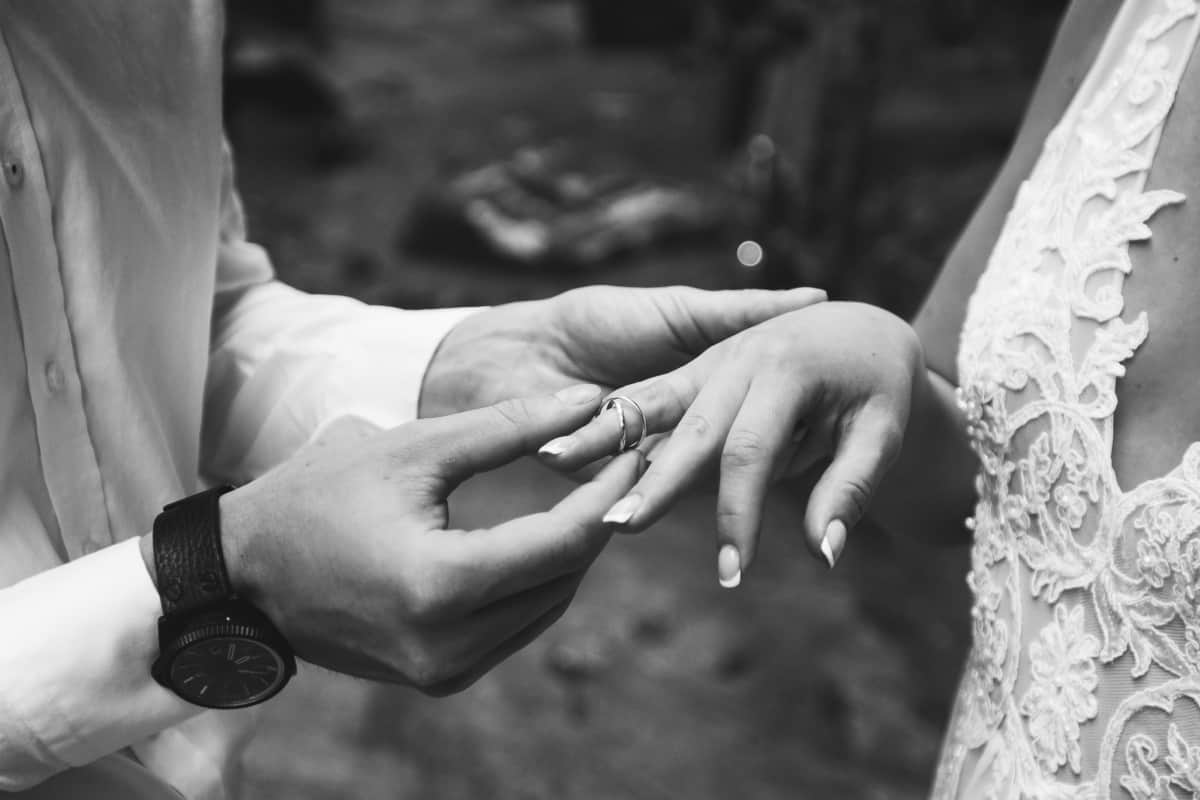
Every faith comes with a variety of traditions! Whether you happen to be Hindu, Muslim, Jewish, or Christian, there are many special ways to have a religious wedding ceremony.
Few things are more intimate – and more interwoven – with a person than their faith. For every religion or creed out there, there are a variety of unique customs and celebrations to commemorate it. And, it’s no different when it comes to the ceremony of marriage! Whether it’s a Christian, Hindu, Jewish, or Muslim wedding, there are many distinct traditions for a religious wedding ceremony.
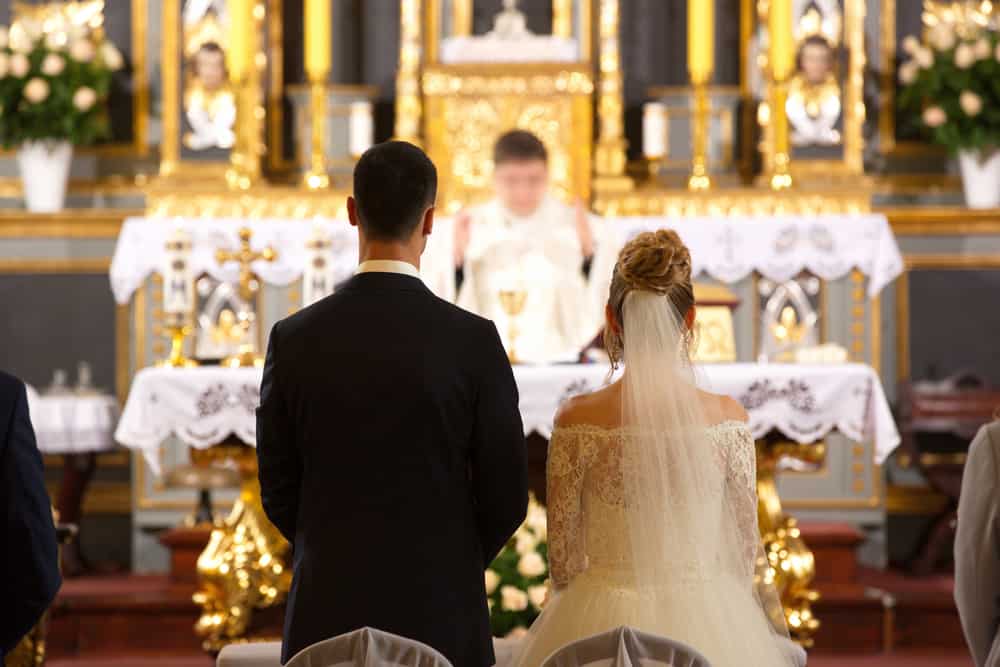
The Christian Wedding Ceremony: A Cord of Three Strands
Christian wedding ceremonies can vary quite a bit depending on religious traditions. A casual wedding at a Protestant non-denominational church will feel quite different than a wedding mass at a formal Catholic Cathedral. But regardless of the style, Christian weddings emphasize the sacred covenant of marriage and the bond between God, husband, and wife. It’s based on Ecclesiastes 4:12: “A cord of three strands is not easily broken.”
Lectors frequently read 1 Corinthians 13, commonly known as the Love Chapter of the Bible, which serves as a model for love within a Christian marriage. “Love is patient, love is kind, it does not envy, it does not boast . . . ” The lector will usually read a short homily, and often compares the love within marriage to that of the way that Christ loves the Church. Husband and wife recite vows and exchange rings to symbolize their marriage and new life together.

The Jewish Wedding Ceremony: Breaking the Glass
When it comes to a Jewish ceremony, it may seem strange for the groom to lift the veil before vows. However, this tradition known as badeken di kallah (veiling of the bride) alludes to the Biblical story of Jacob. Often, the bride wears a white gown while the groom will wear a yarmulke and a white robe. The groom and bride will be led to the canopy, known as a ‘chuppah’, by their parents.
Generally, the bride will circle the groom seven times. The religious wedding ceremony includes a betrothal blessing (birkat eirusin), the ring exchange, and the Sheva B’rachot, the seven blessings. After, a glass is broken to symbolize the fragile nature of life. At the end of the ceremony, the bride and groom may take a few minutes of privacy called yichud. Friends, family, and loved ones will attend the ceremony.
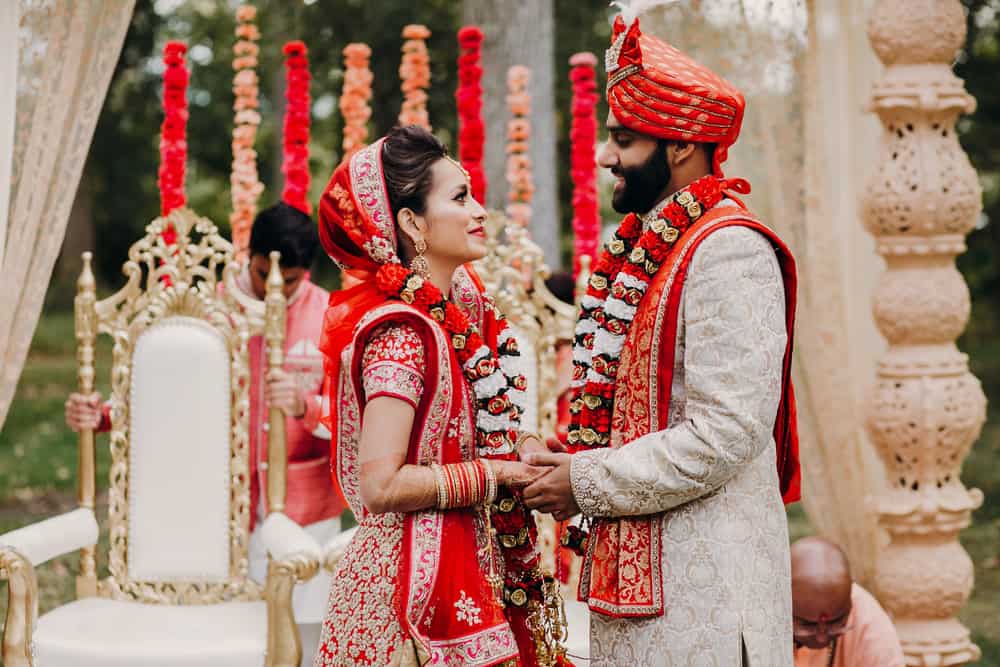
The Hindu Wedding Ceremony: Circling the Holy Fire
Like most ceremonies, friends and family attend a Hindu wedding. Yet, there are many unique things about this wedding tradition! The bride will wear red to symbolize fertility and her hands and feet may be painted with henna. Beginning with much singing and dancing, the ceremony takes place inside a canopy known as a ‘mandap’.
Lord Ganesh and the nine planets are invoked to celebrate the special union. After the procession, the bride is offered to the groom and their feet and hands are bathed in milk. To symbolize their union, their right hands are tied together with thread. After the couple sits at the holy fire, they circle it four times to acknowledge the stages of life. They then take seven vows, the saptapadi, and are pointed towards the unmoving Polestar. Though the wedding extends for three days, the religious wedding ceremony is two to three hours.
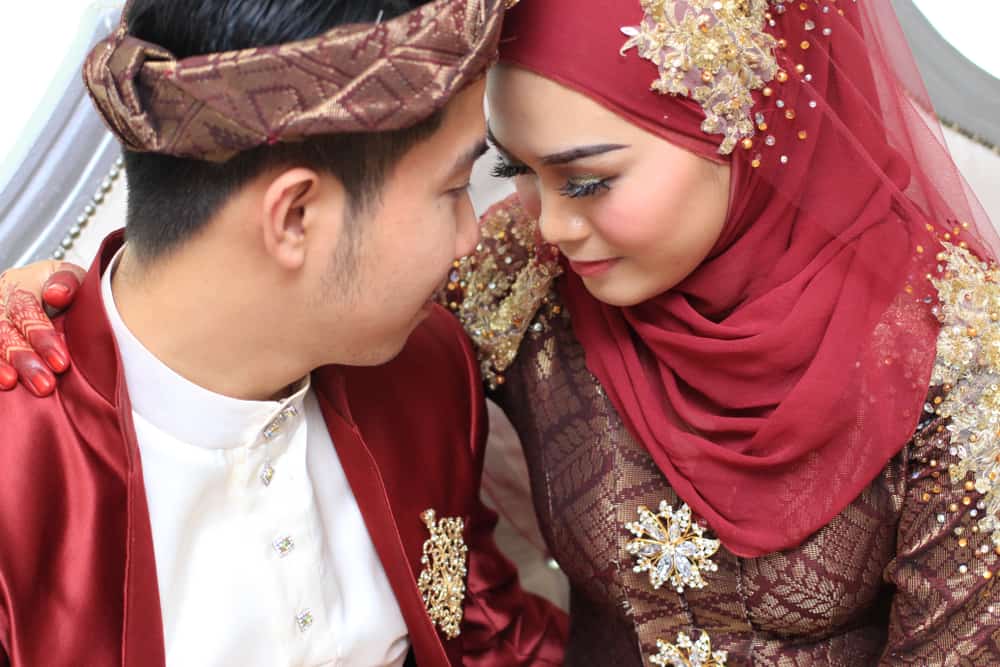
The Muslim Wedding Ceremony: A Religion with Varying Traditions
Known as nikah, the Muslim wedding ceremony is a unique celebration of the Islamic faith. However, there are many different sects associated with Islam so the religious wedding ceremony will vary from place to place. It might seem like most weddings of this faith would be at a mosque, but this is rarely the case. As long as the bride sends two witnesses she does not need to attend the ceremony.
If she is, she will be wearing red to represent fertility or the more traditional white. The couple will sign the marriage contract and may share a piece of fruit to celebrate their union. While no religious official is necessary at the marriage, there is a vow exchange and readings from the Qur’an. Often, Muslim weddings may have many guests or they may be small, but males and females will usually celebrate separately.
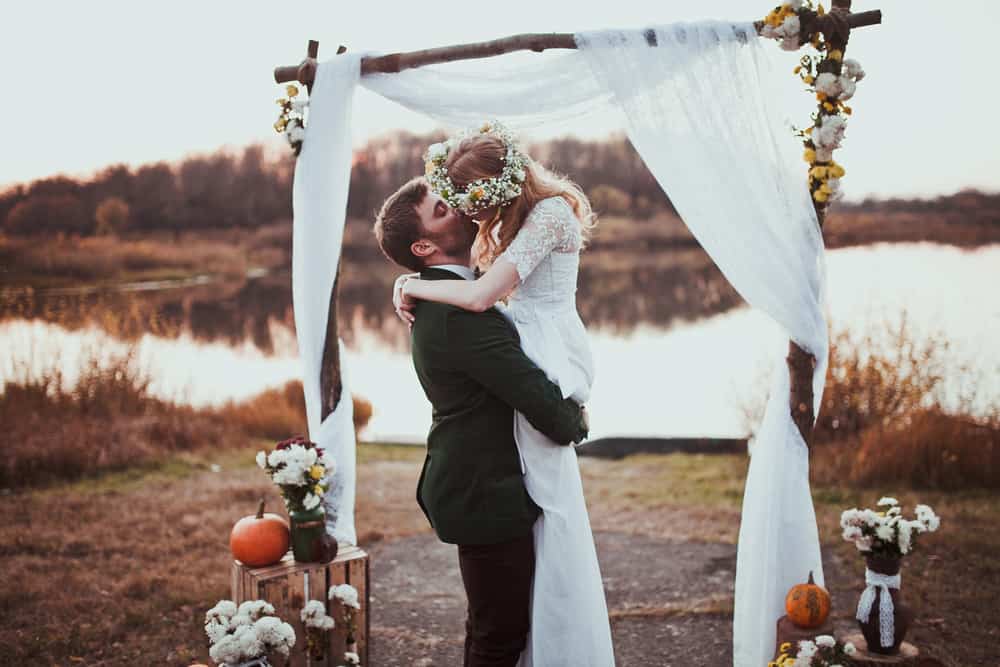
Inter-Faith Wedding Ceremonies
Many people marry others outside their faith and might blend their religious and cultural traditions as they start their new lives. Several Hindu and Christian wedding ceremonies like this one might incorporate different ceremonies and wardrobe changes to represent both faiths.
Sometimes people incorporate a religious wedding tradition from a different faith into their own celebration. For example, many brides and grooms who are not Jewish incorporate a chuppah into their wedding ceremonies as a symbol of hospitality, and God presiding over your marriage.
Whether you infuse different traditions of the bride and groom or borrow inspiration from another religion, your wedding is a great statement of your faith and love for one another.
Going to the Chapel of Love
For every faith, there is a unique wedding ceremony to celebrate the union of two people. Whether you’re planning your wedding or will be attending a religious wedding ceremony, let us know in our comments section! Each religious tradition represents faith and love. And remember to send your favorite wedding photos on FamilyApp!





